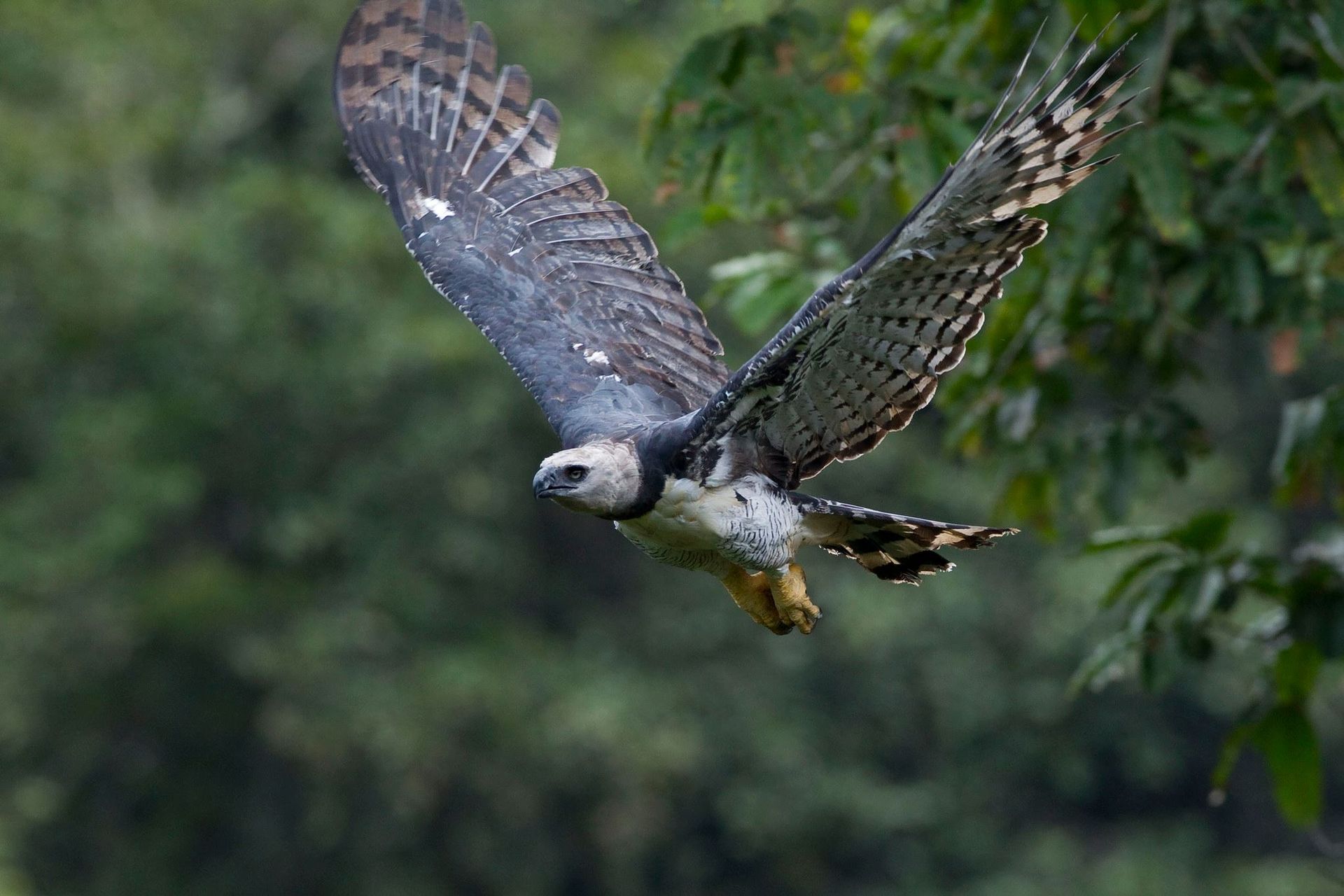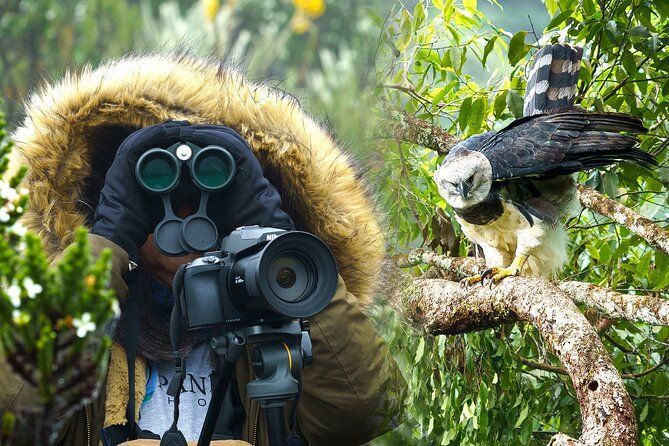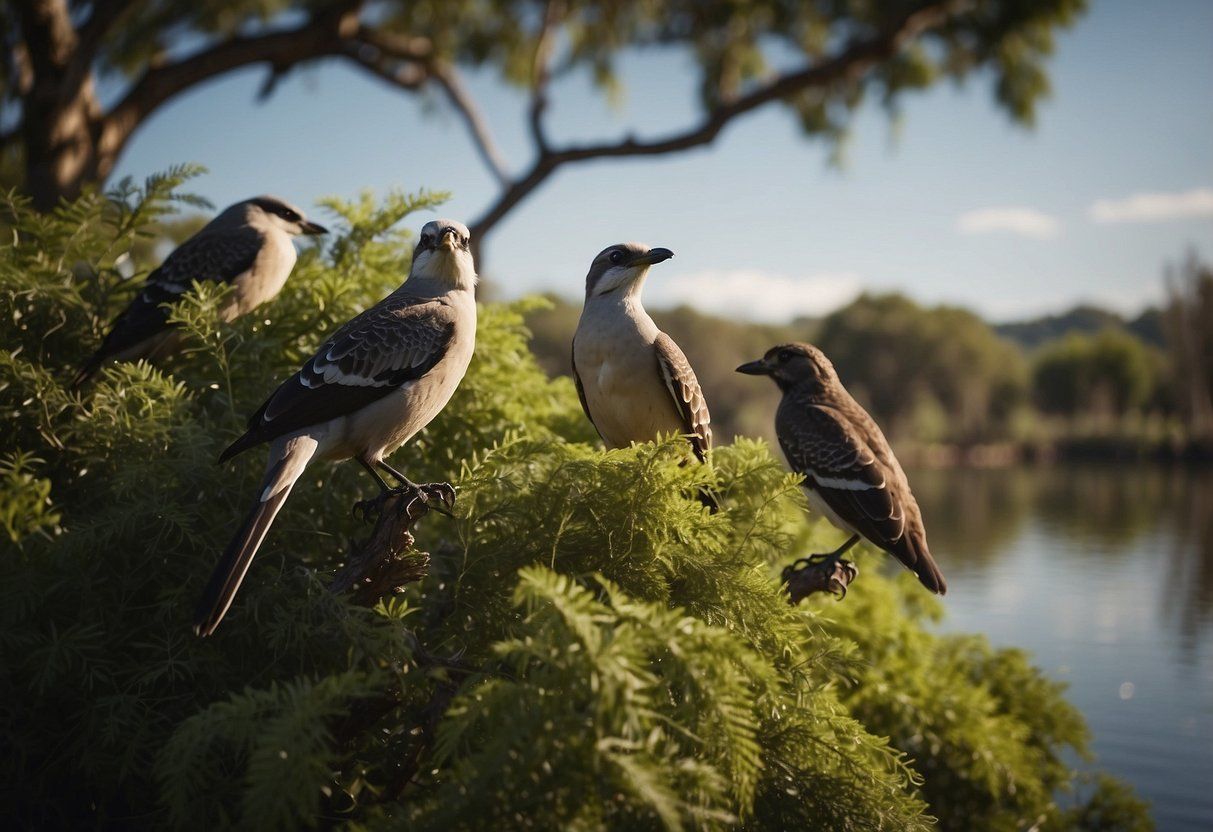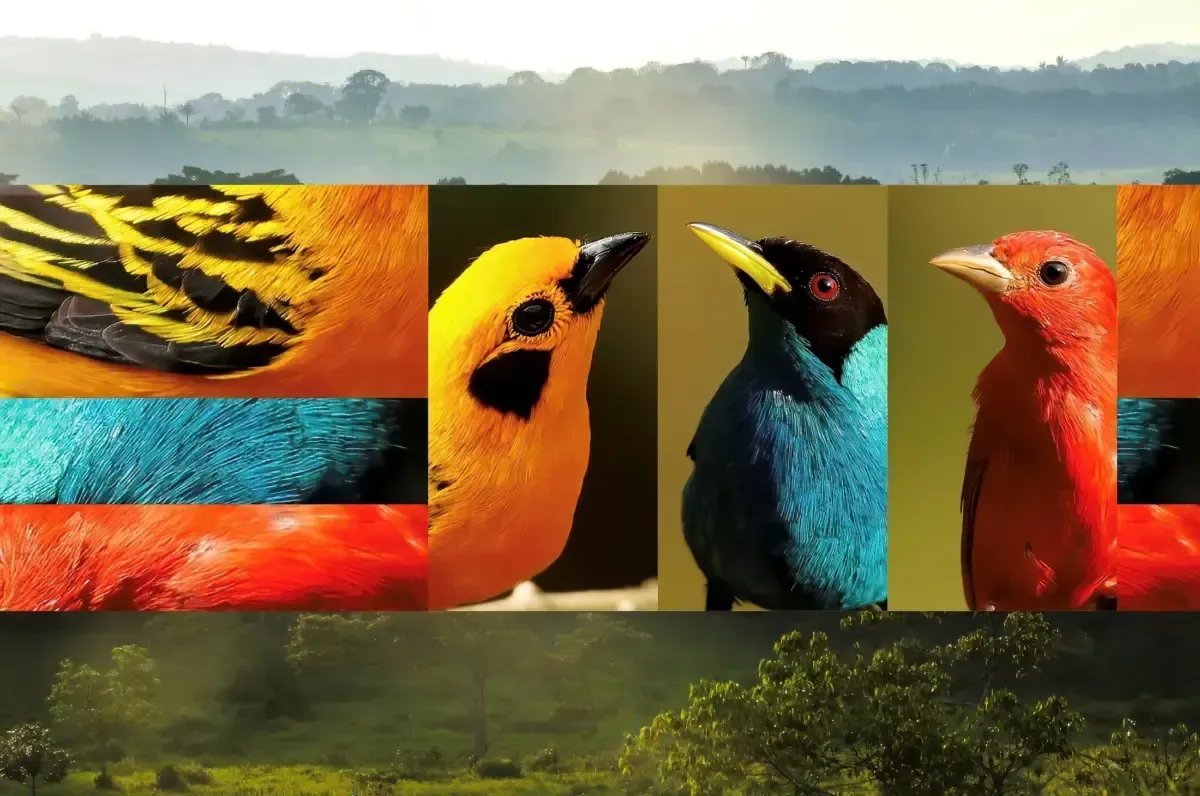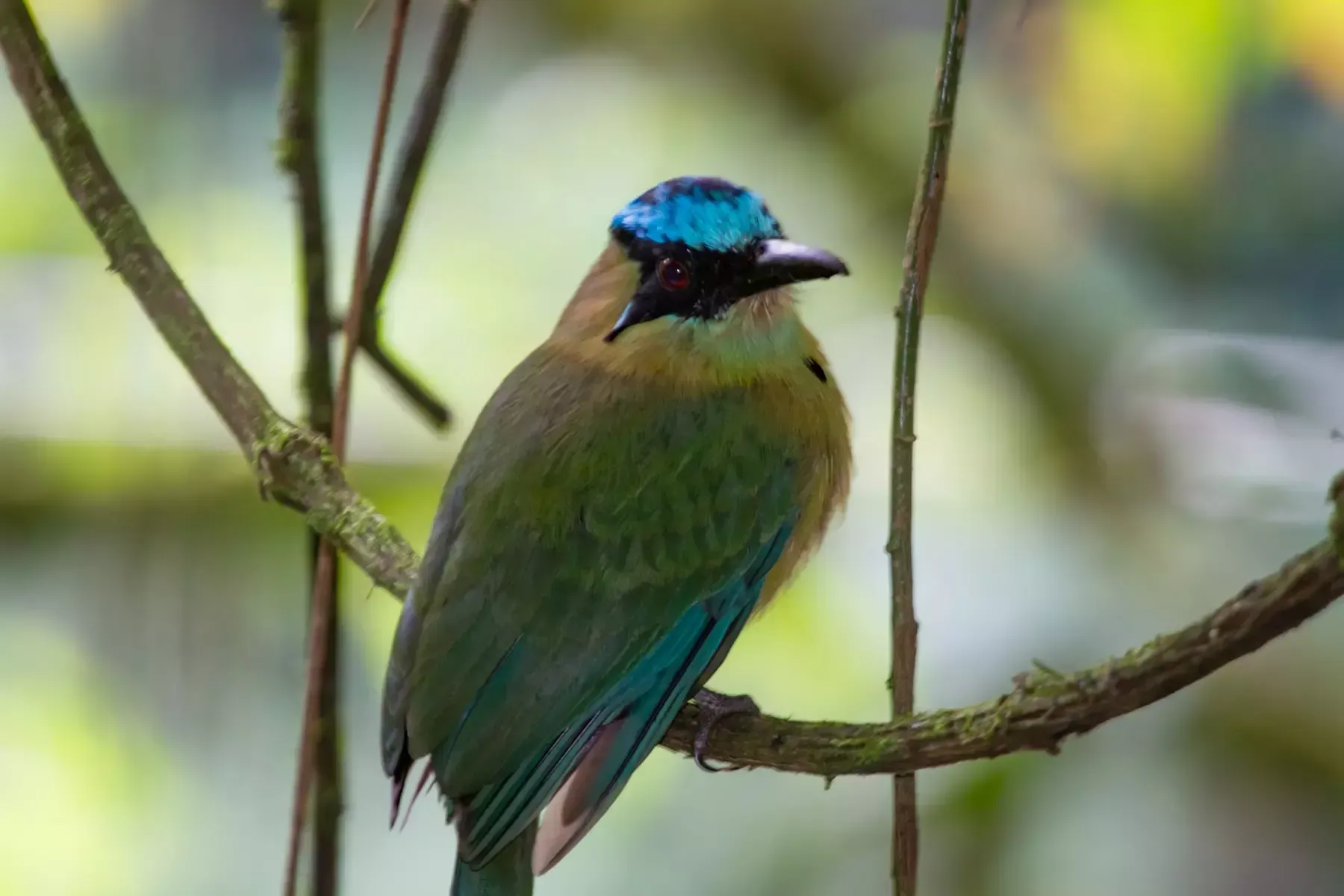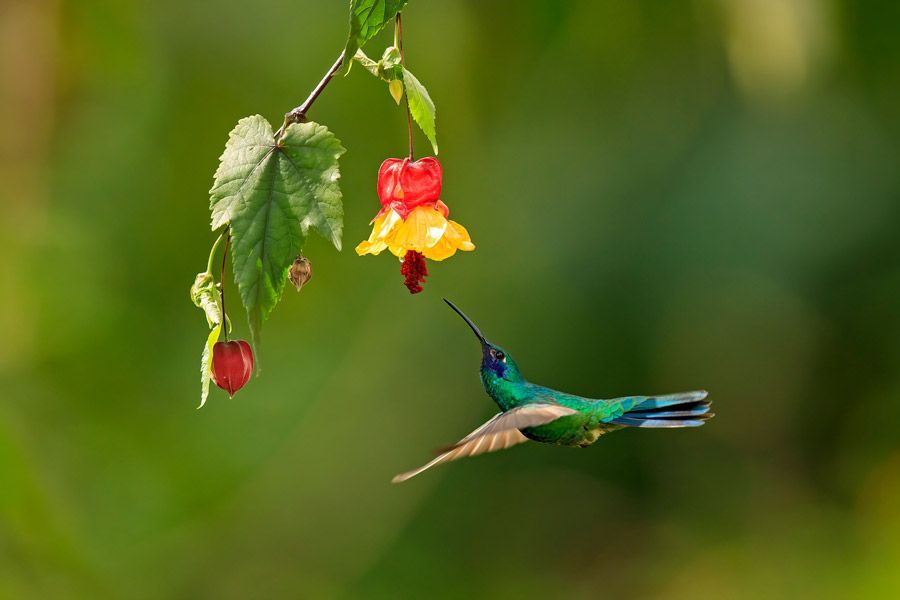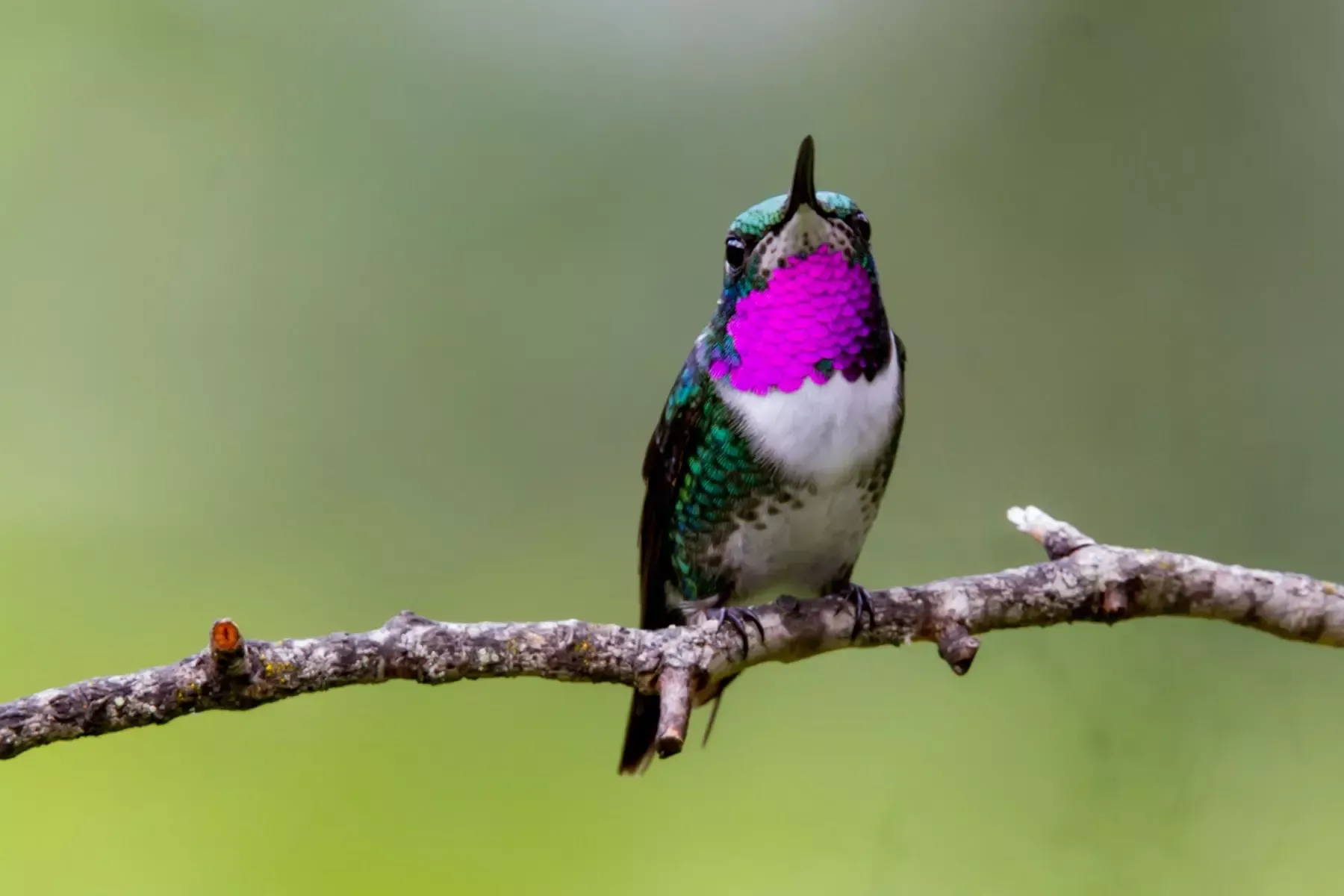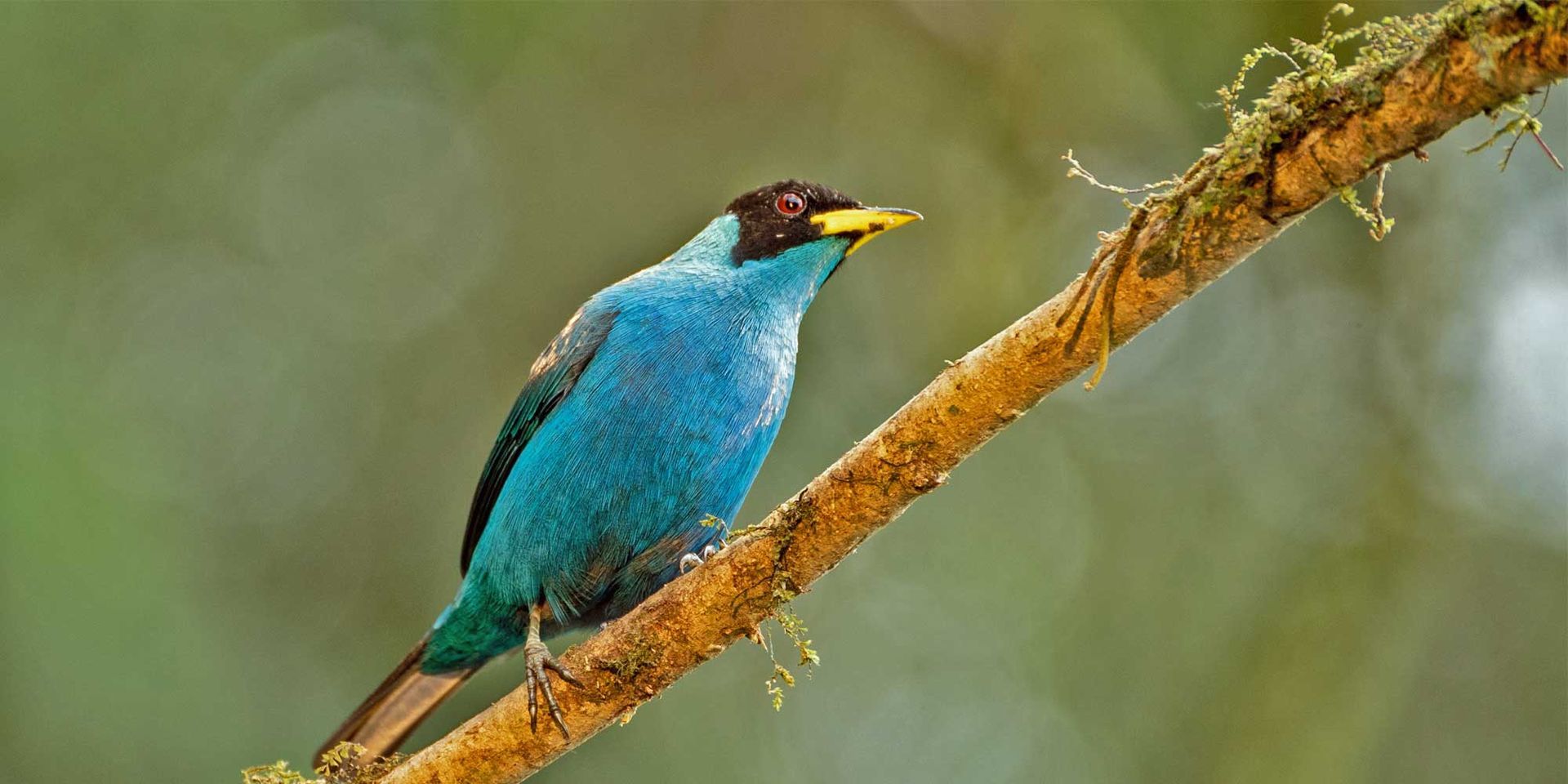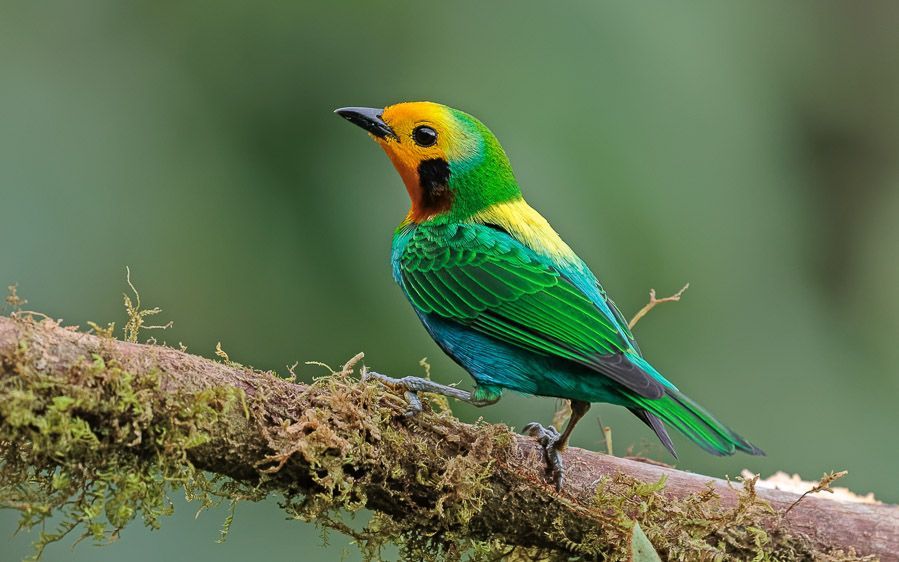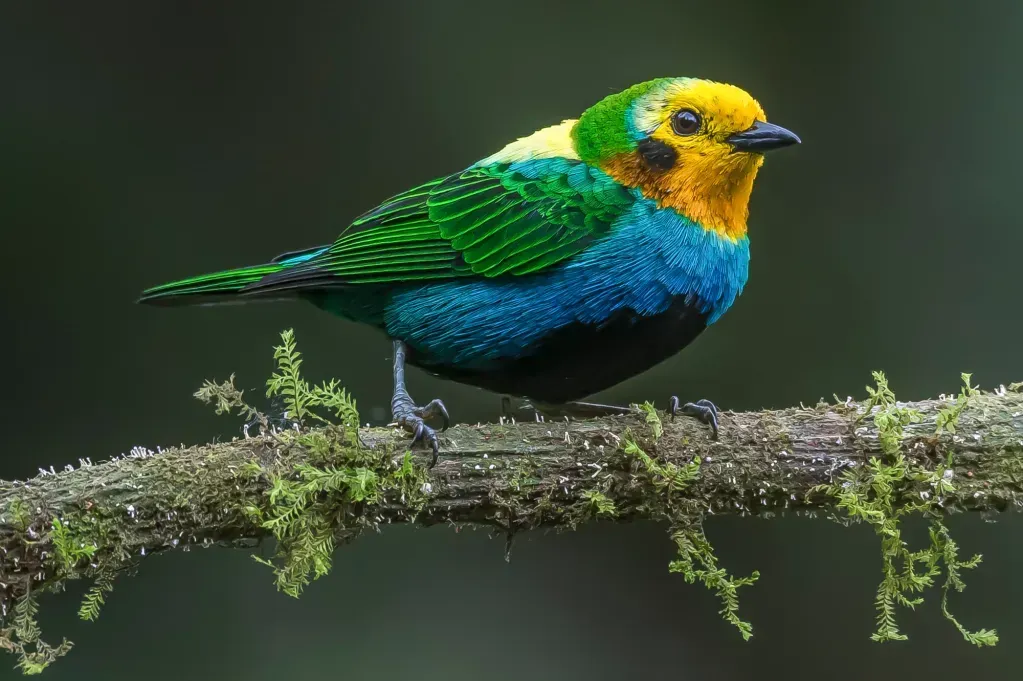Bird Photography Expeditions in the Amazon for European Photographers
Bird Photography Expeditions in the Amazon for European Photographers
The Amazon Rainforest is more than a destination—it is the beating heart of biodiversity on our planet. Stretching across nine countries, this massive ecosystem is home to an incredible variety of bird species, many of which exist nowhere else. For European photographers, the Amazon represents both an exciting challenge and an unmatched opportunity: a chance to capture parrots swirling at clay licks, toucans perched in golden light, or hummingbirds flashing their iridescent throats under the canopy.
While Africa is often associated with big mammals and North America with accessible raptors, the Amazon holds a unique crown: it is the world’s richest birding stage. Venturing here with a camera is not just about collecting images but about experiencing one of Earth’s last great wild frontiers. This article will serve as a complete guide for European photographers interested in planning an Amazon expedition, covering destinations, logistics, equipment, cultural aspects, and practical tips to help you get the most from your journey.
Why the Amazon is a Dream Destination for Bird Photographers
The Amazon is legendary for its sheer abundance of bird species. Within just a single lodge area, you can easily record hundreds of species in a week—far more than in most European countries combined. For photographers, this means a constant variety of subjects, each with unique colors, shapes, and behaviors.
- Unparalleled Diversity – Parrots, macaws, antbirds, jacamars, manakins, puffbirds, toucans, trogons, kingfishers, and countless hummingbirds thrive in the rainforest.
- Unique Habitats – Flooded varzea forests, terra firme uplands, oxbow lakes, riverbanks, and towering canopy layers create multiple photographic backdrops.
- Rare and Endemic Species – Many birds are limited to specific regions of the Amazon, providing once-in-a-lifetime photography opportunities.
- Dynamic Light – Misty mornings, shafts of sunlight breaking through foliage, and the drama of storms provide incredible moods for photographers who know how to work with natural light.
For European photographers accustomed to open habitats or temperate woodlands, the Amazon presents an entirely different visual challenge—dense, humid, and vibrant.
Key Regions of the Amazon for Bird Photography
The Amazon is enormous, so knowing where to focus your efforts is crucial. Here are the most rewarding regions for photographers:
Peru – The Manu and Tambopata Regions
Peru is often considered the crown jewel for bird photography in the Amazon. Manu National Park and the Tambopata Reserve offer accessible lodges, canopy towers, clay licks, and incredible species density. The scarlet macaw clay licks here are some of the most famous wildlife spectacles on Earth.
Ecuador – Napo Basin
The Ecuadorian Amazon offers excellent infrastructure, including canopy walkways and towers that place photographers eye-to-eye with tanagers, toucans, and canopy flocks. Its proximity to the Andes means you can combine a cloud forest and lowland rainforest trip in one journey.
Brazil – Central Amazon and Varzea Forests
Brazil offers the largest share of the Amazon, with extraordinary opportunities to photograph iconic species like the Harpy Eagle, Crimson-hooded Manakin, and large riverine flocks. River cruises here are particularly rewarding for photographing herons, kingfishers, and shorebirds.
Colombia – Amazon Gateway Towns
Colombia’s Amazon, accessible from Leticia, combines bird photography with cultural encounters among Indigenous communities. Many endemic species overlap here, making it a lesser-visited but highly rewarding option.
What to Expect as a European Photographer
Long Travel Times
Reaching the Amazon requires flights from Europe to a gateway city like Lima, Quito, Manaus, or Bogotá, followed by domestic flights and often riverboat journeys. Planning enough buffer time for travel is essential.
Climate and Comfort
Expect intense humidity, high temperatures, and frequent rain. Lodges range from rustic to very comfortable, but all require some adjustment to the conditions. Electronics and camera gear must be carefully protected from moisture.
Wildlife Density
Unlike safaris where animals are often visible in open landscapes, Amazon wildlife is elusive. Birds are abundant but often high in the canopy or moving quickly. This requires patience, sharp reflexes, and good technique.
Essential Gear for Amazon Bird Photography
Camera Bodies
A fast, reliable camera with excellent high ISO performance is essential. Birds move quickly, and low light is common under the canopy.
Lenses
- Long Telephoto (400–600mm) – For canopy birds, raptors, and distant subjects.
- Mid-range Telephoto (100–400mm or 70–200mm) – Perfect for feeders, river birds, or perched subjects.
- Wide-Angle – To capture landscapes, clay licks in context, or cultural encounters.
Accessories
- Sturdy tripod or monopod for hides and clay lick photography.
- Bean bags for boat photography.
- Rain covers and silica gel packs to protect gear.
- Multiple memory cards and batteries—charging may be limited in remote areas.
Techniques for Successful Amazon Bird Photography
Mastering Low Light
The canopy often blocks direct sun, so learn to shoot at high ISO values without fear. Modern cameras handle noise better than ever, and a sharp, slightly grainy shot is better than a blurry one.
Shooting in Motion
Mixed flocks of tanagers and antbirds move quickly. Use continuous autofocus and high shutter speeds to freeze wingbeats and fast movements.
Working with Clay Licks
Clay licks are natural magnets for parrots and macaws. Arrive early, remain silent, and position yourself with good angles for light. The chaotic energy of dozens of birds together creates unforgettable images.
Patience in Hides
Many lodges offer hides near feeding stations. These provide excellent chances to photograph secretive species such as antpittas or tinamous. Patience is key—sometimes hours of waiting yield only a few seconds of action.
Cultural and Ethical Considerations
European photographers visiting the Amazon are not just guests of the forest but also of the communities who live there. Many tours directly support Indigenous communities by employing local guides and sharing revenue. Respecting local culture is as important as respecting wildlife.
Ethical photography is equally critical. Avoid using flash on sensitive species, never bait birds, and always follow guide instructions to minimize disturbance.
Sample 12-Day Amazon Itinerary for Photographers
- Day 1–2: International arrival, overnight in gateway city.
- Day 3: Flight and transfer to Amazon lodge. Orientation and first river excursion.
- Day 4–6: Morning clay lick photography, canopy tower sessions, afternoon hikes.
- Day 7: Transfer to a second lodge for varied habitats.
- Day 8–10: Intensive photography sessions—focus on specialty birds and unique habitats.
- Day 11: Buffer day for weather delays or cultural experiences.
- Day 12: Return journey home.
This structure balances intensive photography with time to recover from travel and adapt to conditions.
Challenges of Amazon Photography
- Humidity – Constantly threatens camera gear. Waterproof bags and silica gel are non-negotiable.
- Dense Foliage – Birds often hide among leaves. Anticipating movement and using wide apertures helps isolate subjects.
- Distance – Many species stay in the canopy, requiring long lenses and practice in steady shooting.
- Unpredictability – The Amazon is wild. Some days you’ll see dozens of species; other days may seem quiet. Flexibility is part of the adventure.
Why the Amazon Appeals to Europeans
For European photographers, the Amazon is exotic in the truest sense. Europe’s birdlife is relatively modest compared to the tropical abundance of South America. Photographing a flock of scarlet macaws or a brilliantly colored manakin is unlike anything available in European woodlands.
Additionally, the Amazon offers cultural immersion. From staying in Indigenous-run lodges to traveling by canoe on winding rivers, every aspect of the journey is an adventure beyond photography.
Final Thoughts
Bird photography in the Amazon is not a casual undertaking—it requires effort, planning, and adaptation. But for European photographers willing to take on the challenge, the rewards are profound. From capturing the brilliance of macaws at a clay lick to waiting patiently in the forest for a secretive antpitta, each image is not just a record of a bird but of a moment in one of the world’s last great wildernesses.
In 2025 and beyond, the Amazon will continue to draw photographers from around the globe, and for Europeans, it offers a chance to step far beyond familiar landscapes and enter a world where every sound, shadow, and shaft of light holds photographic promise.


